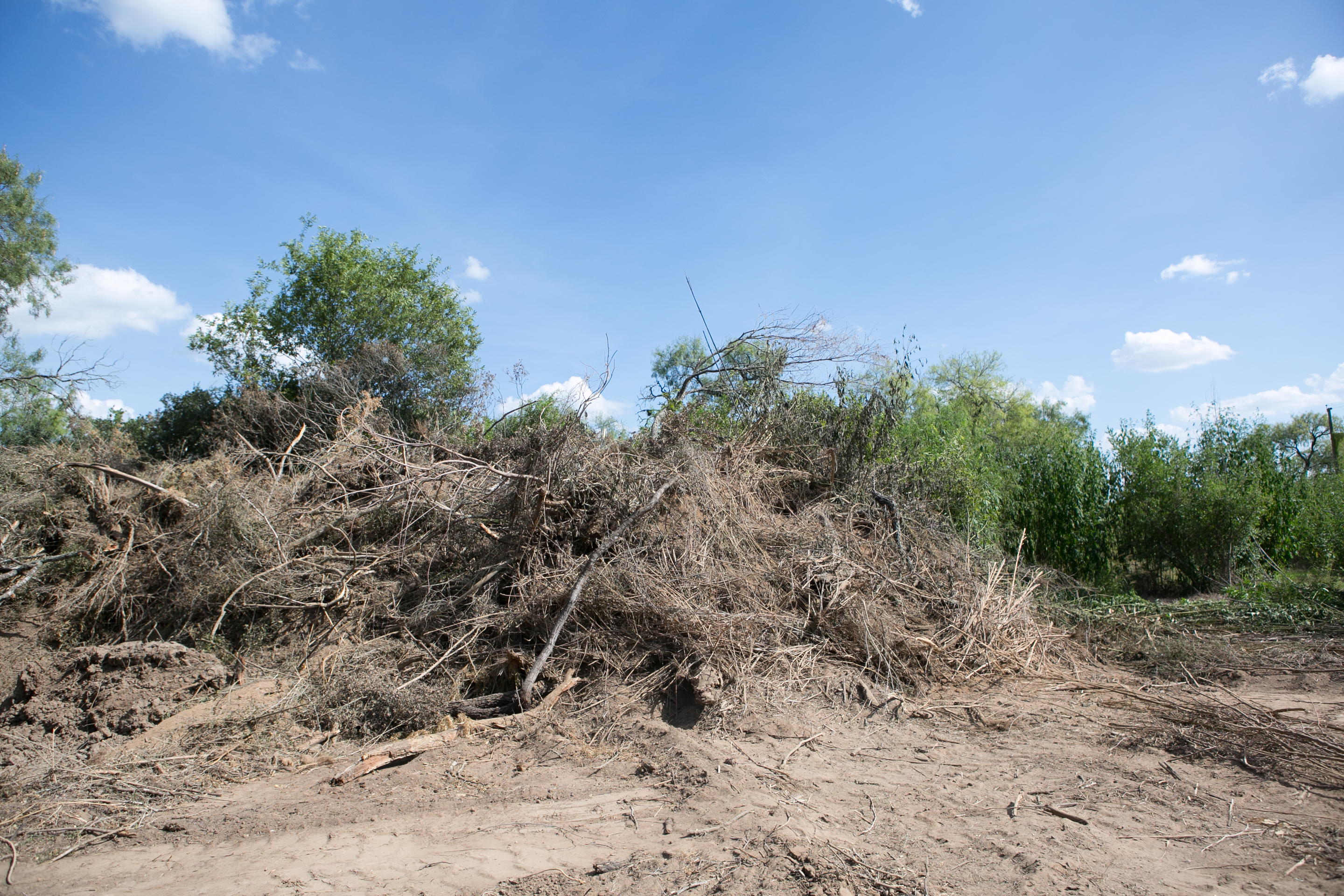Understanding Damages in Trespass & Tree Destruction Cases

 The types of cases we handle in our San Antonio real estate law practice frequently come in batches or waves. Other than the usual basket of fence line and boundary disputes, title disputes, evictions and HOA disputes that we handle every month, more specialized engagements seem to coincidentally come in groups of 3 or 4 at a time.
The types of cases we handle in our San Antonio real estate law practice frequently come in batches or waves. Other than the usual basket of fence line and boundary disputes, title disputes, evictions and HOA disputes that we handle every month, more specialized engagements seem to coincidentally come in groups of 3 or 4 at a time.
Recently, we have received an unusual influx of cases involving the trespass by a landowner (or his agents or employees) onto neighboring property, followed by clearing or cutting down trees and vegetation, and disrupting soil or desirous terrain.
Given Texans’ love affairs with their land, tress clearing cases are often emotional, and the victim of a trespass is sometimes “out for blood.” This is understandable, as large, mature trees are often many decades (or more) old. Replacements planted today will take many years to grow to the size of trees that are destroyed or cleared. Likewise, soil and terrain disturbances change water runoff patterns and can adversely impact wildlife.
DAMAGES FOR INJURY TO PROPERTY
Texas Courts have long-recognized the impact of wrongful injury to land or real property. As court decisions articulate a model for determining the types of damages recoverable for a landowner whose property is impacted by the wrongful act of another.
Since at least the late 1800’s compensation to land lowers for damages to property have been awarded based on whether the injury to property is PERMANENT or TEMPORARY.
Generally, when an injury to real property is temporary, the landowner is entitled to damages commensurate with the cost of restoring his property. By contrast, A permanent injury to property generally entitles the landowner to damages commensurate with the diminished value (loss in the fair market value) to the property as a whole. See Trinity & S. Ry. Co. v. Schofield, 10 S.W. 575, 576-77 (Tex. 1889) (stating that “[i]f land is temporarily but not permanently injured by the negligence or wrongful act of another, the owner would be entitled to recover the amount necessary to repair the injury, and put the land in the condition it was at the time immediately preceding the injury, with interest thereon to the time of the trial.”); Fort Worth & D. C. Ry. Co. v. Hogsett, 4 S.W. 365, 366 (Tex. 1887) (“the true measure of damages in case of permanent injury to the soil is the difference between the value of the land immediately before the injury and its value immediately after.”).
DISTINGUISHING BETWEEN TEMPORARY & PERMANENT INJURY
In 2014, the Texas Supreme Court in Wheeler v. Unbridle Pipelines East Texas clarified and “reformulated” the definitions of “temporary” and “permanent’ injury to land as follows:
An injury to real property is considered permanent if (a) it cannot be repaired, fixed, or restored, or (b) even though the injury can be repaired, fixed, or restored, it is substantially certain that the injury will repeatedly, continually, and regularly recur, such that future injury can be reasonably evaluated. Conversely, an injury to real property is considered temporary if (a) it can be repaired, fixed, or restored, and (b) any anticipated recurrence would be only occasional, irregular, intermittent, and not reasonably predictable, such that future injury could not be estimated with reasonable certainty.
Notably, these definitions apply to cases in which entry onto real property is physical (as in a trespass) and to cases in which entry onto real property is not physical (as with a nuisance).
Wrongful clearing or cutting cases can be complex, and are fact-intensive. Likewise, establishing or scrutinizing a damages model requires a degree of expertise. A skilled real estate lawyer can be of significant existence to persons involved in a land damage case.


